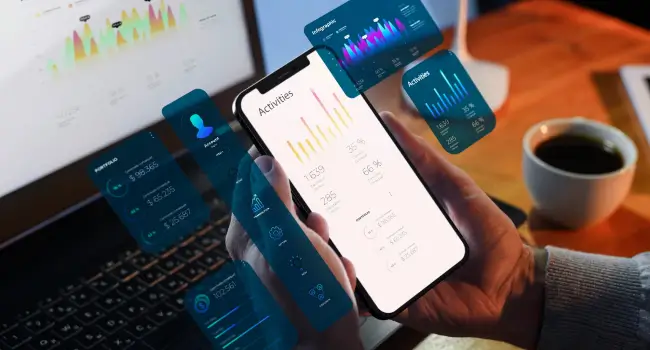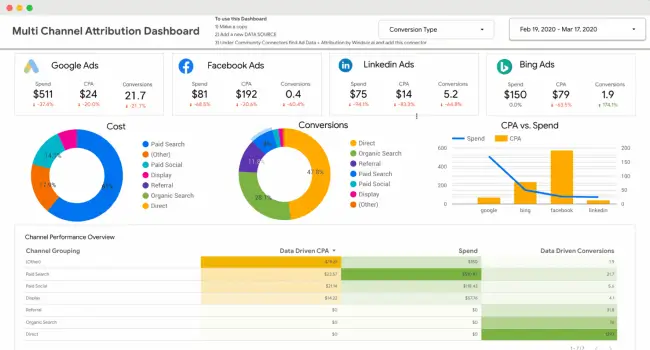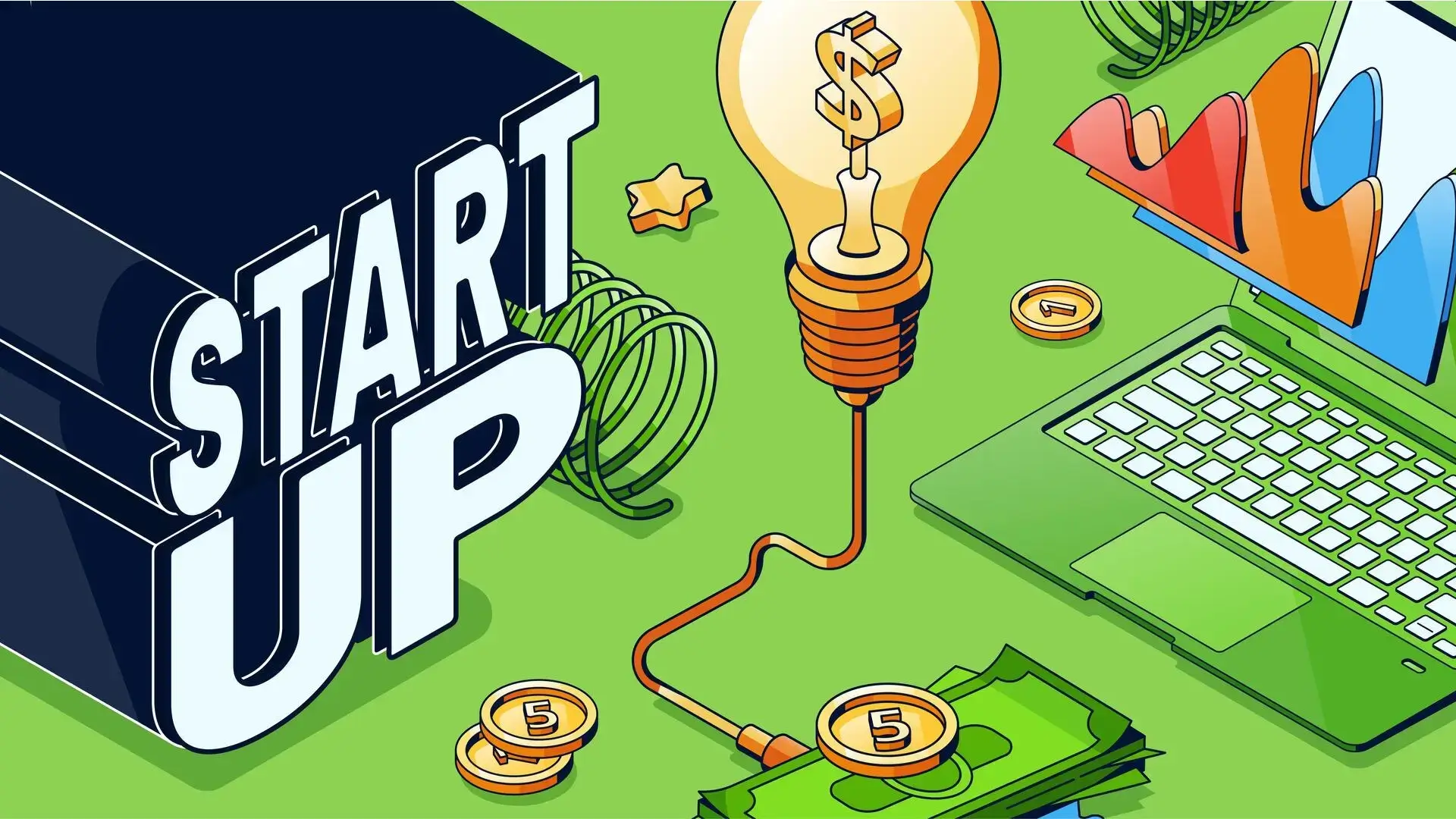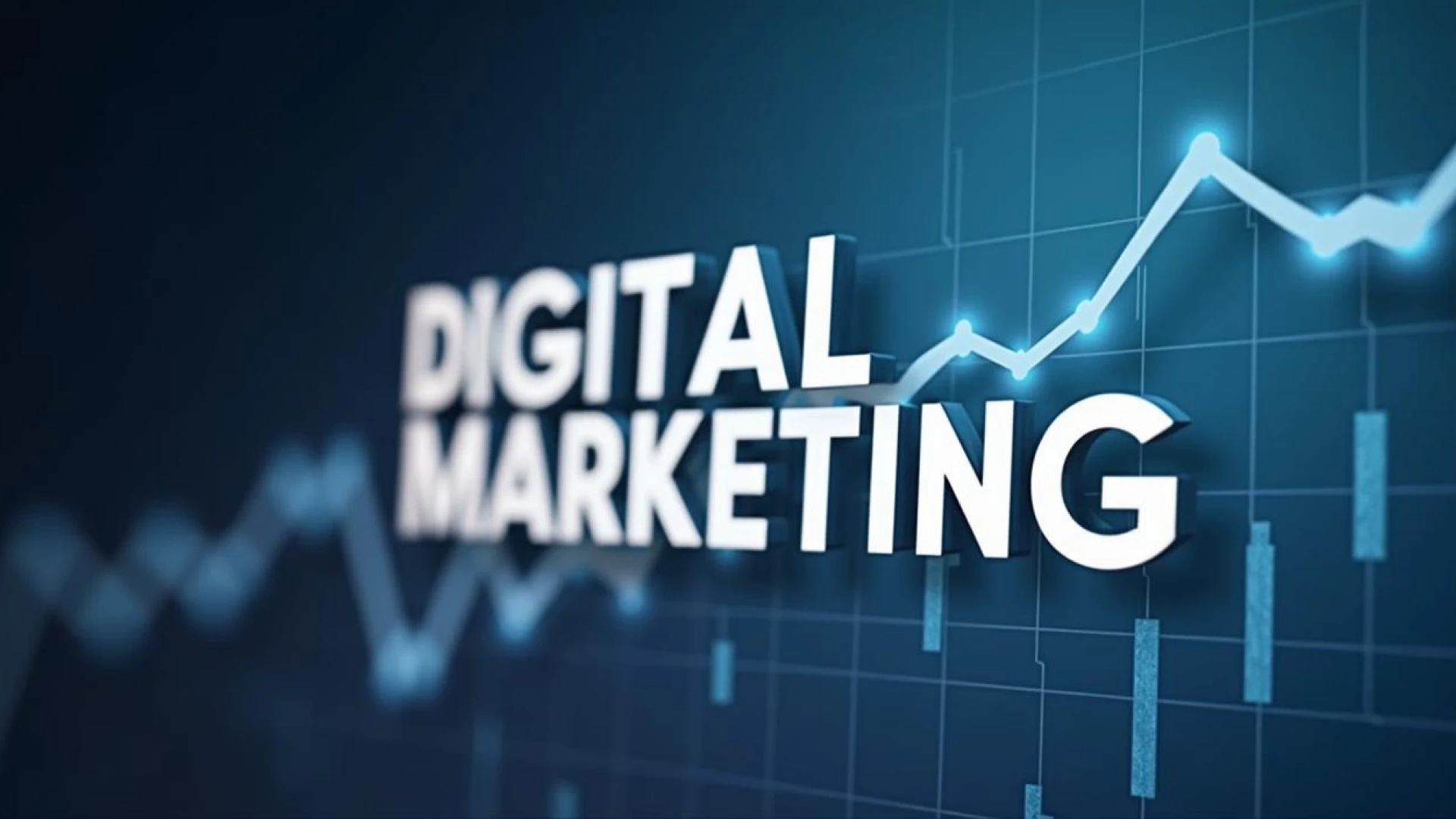SaaS growth marketing strategies have evolved dramatically in 2024, with smart companies discovering that sustainable user acquisition doesn't require massive budgets, it requires strategic thinking. The most successful SaaS companies are now achieving 40-60% lower customer acquisition costs by implementing data-driven growth marketing approaches that focus on product-led growth, organic content marketing, and community-building initiatives rather than expensive paid advertising campaigns.
Understanding Modern SaaS Growth Marketing Landscape
The SaaS growth marketing ecosystem has fundamentally. Traditional paid advertising costs have increased by 30-40% across major platforms, while customer acquisition expectations have become more sophisticated. African tech companies like those operating from Lagos are particularly positioned to benefit from these cost-effective digital marketing strategies.

The Current Challenge
Customer Acquisition Cost (CAC) has become the make-or-break metric for SaaS success. Companies spending more than 30% of their Customer Lifetime Value (CLV) on acquisition are struggling to achieve profitability. The solution lies in implementing user acquisition strategies that compound over time rather than requiring continuous investment.
Why Traditional Marketing Falls Short
Most SaaS companies make the mistake of immediately jumping into paid advertising without building foundational growth systems. This approach creates dependency on continuous ad spend without developing sustainable acquisition channels.
Product-Led Growth: The Foundation of Cost-Effective Acquisition
Product-Led Growth (PLG) represents the most powerful SaaS growth marketing strategy for sustainable user acquisition. Companies implementing PLG strategies report 50-70% lower customer acquisition costs compared to sales-led approaches.
Core PLG Principles
Free Trial Optimisation
Design your free trial to showcase core value within the first 5 minutes of user interaction. Successful SaaS companies focus on "time to value" metrics, ensuring users experience meaningful benefits before any payment discussions.
Freemium Model Strategy
Implement freemium offerings that provide genuine value while creating natural upgrade paths. The key is identifying which features drive stickiness versus which generate revenue.
In-Product Growth Loops
Build viral mechanics directly into your product experience. This includes collaboration features, sharing capabilities, and user-generated content that naturally expands your user base.
Implementation Tactics
- Onboarding Optimisation: Create progressive disclosure workflows that guide users to "aha moments"
- Feature Discovery: Use contextual tooltips and guided tours to highlight premium features
- Usage Analytics: Track feature adoption to identify expansion opportunities
Content Marketing That Converts
Content marketing remains one of the most cost-effective digital marketing strategies for SaaS user acquisition. However, success requires strategic focus rather than volume based approaches.
Strategic Content Framework
Problem-Solution Content Mapping
Develop content that addresses specific user problems at different buying journey stages. This approach positions your SaaS solution as the natural next step rather than forcing promotional messaging.
SEO-Driven Content Strategy
Target long-tail keywords related to your industry's specific pain points. African SaaS companies should focus on local market needs while maintaining global appeal.
Interactive Content Creation
Develop calculators, assessment tools, and interactive demos that provide immediate value while capturing qualified leads.
Content Types That Drive Acquisition
- Educational Blog Series: Deep-dive tutorials solving industry-specific problems
- Case Study Narratives: Real customer success stories with quantifiable results
- Comparison Content: Honest evaluations of competitor solutions
- Resource Libraries: Comprehensive guides, templates, and toolkits
Distribution Amplification
Multi-Channel Syndication: Repurpose core content across LinkedIn, Twitter, industry forums, and relevant online communities. Each platform requires format adaptation but maintains consistent messaging.
Guest Content Strategy: Contribute valuable insights to industry publications and partner blogs. This approach builds authority while accessing pre-qualified audiences.
Community-Driven Growth Strategies
Building engaged communities around your SaaS product creates self-sustaining growth engines that reduce reliance on paid acquisition channels.
Community Platform Selection
Native Platform Development Consider building proprietary community spaces that keep users within your ecosystem while providing networking value.
Third-Party Platform Leverage Utilise existing platforms like Slack communities, Discord servers, or LinkedIn groups where your target audience already congregates.

Community Engagement Tactics
Educational Workshop Series
Host regular virtual events teaching advanced techniques related to your software category. These sessions build authority while showcasing product capabilities.
User-Generated Content Campaigns
Encourage community members to share implementation stories, creative use cases, and problem-solving approaches using your platform.
Peer-to-Peer Support Systems
Develop recognition programs for active community members who help newer users, creating organic customer success support.
Community Monetisation Strategy
Transform community engagement into acquisition by:
- Offering exclusive features to active community members
- Creating referral incentives for community contributions
- Developing ambassador programs with usage-based rewards
Strategic Partnership and Referral Programs
Partnership-driven growth represents one of the most overlooked yet powerful SaaS marketing strategies for user acquisition without significant upfront investment.
Partnership Types and Implementation
Integration Partnerships
Develop native integrations with complementary SaaS tools your target market already uses. These partnerships create natural user flow between platforms.
Co-Marketing Collaborations
Partner with non-competing companies serving similar audiences for joint webinars, content creation, and event participation.
Reseller and Affiliate Networks
Build structured partner programs that incentivise others to promote your solution within their existing customer relationships.
Referral Program Optimisation
Dual-Incentive Structure
Reward both referring users and new customers to maximise participation rates. Consider service credits, extended features, or monetary incentives.
Friction Reduction
Implement one-click sharing mechanisms and automated follow-up sequences to minimise referral complexity.
Performance Tracking
Develop comprehensive attribution models that accurately credit referral sources and optimise program performance.
Partnership Success Metrics
Monitor these key indicators:
- Partner-driven lead quality scores
- Conversion rates by partnership type
- Customer lifetime value from referred users
- Partnership program ROI calculations

SEO and Organic Search Optimisation
Search engine optimisation remains the foundation of sustainable SaaS growth marketing strategies, providing long-term user acquisition benefits without ongoing advertising costs.
Technical SEO Foundation
Site Architecture Optimisation
Ensure your website structure supports both user experience and search engine crawling. Implement proper URL hierarchies, internal linking strategies, and mobile-first responsive design.
Page Speed and Core Web Vitals
Optimise loading times across all devices, as page speed directly impacts both search rankings and conversion rates.
Schema Markup Implementation
Use structured data to help search engines understand your content context, improving visibility for relevant queries.
Content SEO Strategy
Keyword Research and Mapping
Focus on buyer-intent keywords that indicate purchase readiness rather than just informational queries. Use tools like SEMrush or Ahrefs to identify competitor content gaps.
Topic Cluster Development
Create comprehensive content hubs around core themes, establishing topical authority while capturing diverse search intents.
Local SEO for the African Market
Optimise for location-based searches, particularly important for metropolitan-based tech companies serving local markets.
Link Building Approaches
Digital PR and Thought Leadership
Contribute expert insights to industry publications, earning high-quality backlinks while building brand recognition.
Resource Page Outreach
Identify relevant industry resource pages and propose your content for inclusion based on value provided.
Broken Link Recovery
Find broken links on relevant websites and suggest your content as replacement, providing mutual value.
Email Marketing and Nurture Campaigns
Email marketing delivers the highest ROI among digital marketing strategies, with average returns of $42 for every dollar invested in SaaS environments.
Segmentation Strategy
Behavioural Segmentation
Group users based on product interaction patterns, feature usage, and engagement levels to deliver personalised messaging.
Lifecycle Stage Targeting
Develop specific campaigns for trial users, active subscribers, churned customers, and expansion opportunities.
Demographic and Firmographic Filtering
Customise messaging based on company size, industry, and geographic location for improved relevance.
Campaign Development
Welcome Series Optimisation
Create onboarding sequences that guide new users through key features while highlighting success stories from similar customers.
Educational Drip Campaigns
Provide ongoing value through tutorials, industry insights, and best practice sharing that positions your brand as a trusted advisor.
Re-engagement Sequences
Develop win-back campaigns for inactive users, offering incentives and showcasing new features that might reignite interest.
Automation and Personalisation
Triggered Email Workflows
Set up automated sequences based on user actions, such as feature adoption, usage milestones, or subscription changes.
Dynamic Content Insertion
Use customer data to personalise email content, including feature recommendations, usage statistics, and relevant case studies.
A/B Testing Framework
Continuously optimise subject lines, content formats, call-to-action buttons, and send times for improved performance.
Measuring Success: Key Metrics for Your SaaS Growth Marketing
Effective SaaS marketing strategies require comprehensive measurement frameworks that track both acquisition efficiency and long-term business impact.
Primary Acquisition Metrics
Customer Acquisition Cost (CAC)
Calculate total marketing and sales expenses divided by new customers acquired. Track CAC by channel to identify most efficient acquisition sources.
CAC Payback Period
Measure time required to recover customer acquisition investment, typically aiming for 12-18 months in healthy SaaS businesses.
Customer Lifetime Value (CLV)
Project total revenue expected from customer relationships, considering churn rates, expansion revenue, and retention patterns.
Growth Quality Indicators
Activation Rate
Track percentage of new users completing key onboarding actions that correlate with long-term retention.
Product-Market Fit Metrics
Monitor Net Promoter Score (NPS), retention curves, and organic growth rates to assess product-market alignment.
Revenue Quality Metrics
Analyse Monthly Recurring Revenue (MRR) growth, expansion revenue, and churn rates to evaluate business health.
Channel Performance Analysis
Attribution Modelling
Implement multi-touch attribution to understand which marketing touchpoints drive conversions and optimise budget allocation.
Channel Contribution Scoring
Evaluate each acquisition channel's contribution to overall growth, considering both volume and quality metrics.
Cohort Analysis
Track user behaviour patterns over time to identify which acquisition sources produce highest-value customers.
Reporting and Optimisation
Dashboard Development
Create executive dashboards that provide real-time visibility into key growth metrics and channel performance.
Regular Performance Reviews
Establish monthly growth meetings to analyse metrics, identify optimisation opportunities, and adjust strategies.
Competitive Benchmarking
Compare your metrics against industry standards and competitor performance to maintain competitive positioning.

Implementation Roadmap
Successfully implementing these SaaS marketing strategies requires systematic execution and realistic timeline expectations.
Phase 1: Foundation Building (Months 1-2)
Technical Infrastructure
- Implement tracking and analytics systems
- Optimise website performance and user experience
- Set up marketing automation platforms
- Establish measurement frameworks
Content Creation
- Develop core educational content library
- Create product demonstration materials
- Build email nurture sequences
- Establish social media presence
Phase 2: Channel Development (Months 3-4)
Organic Growth Initiatives
- Launch content marketing campaigns
- Begin SEO optimisation efforts
- Develop community engagement strategies
- Establish partnership outreach programs
Conversion Optimisation
- A/B test landing pages and signup flows
- Optimise onboarding experiences
- Implement referral program mechanics
- Refine product-led growth elements
Phase 3: Scale and Optimise Your Marketing Strategy (Months 5-6)
Performance Enhancement
- Analyse channel performance data
- Optimise budget allocation across channels
- Expand successful campaign elements
- Develop advanced segmentation strategies
Advanced Tactics
- Launch strategic partnership initiatives
- Implement account-based marketing approaches
- Develop customer advocacy programs
- Create advanced personalisation systems
Success Timeline Expectations
Most SaaS companies see meaningful results within 90-120 days of consistent implementation. However, compound growth effects typically become apparent after 6-12 months of sustained effort.
Early Wins (30-60 days)
- Improved website conversion rates
- Better email engagement metrics
- Enhanced onboarding completion rates
- Initial organic traffic improvements
Medium-Term Results (3-6 months)
- Measurable CAC reductions
- Increased organic lead generation
- Growing community engagement
- Partnership-driven growth
Long-Term Impact (6+ months)
- Sustainable growth rate improvements
- Market share expansion
- Brand recognition development
- Revenue predictability enhancement
Conclusion: Building Sustainable Growth Without Breaking the Bank
The most successful Software-as-a-Service companies in 2024 have discovered that sustainable user acquisition comes from building systematic growth engines rather than relying on expensive advertising campaigns. By implementing these growth marketing strategies focusing on product-led growth, content marketing, community building, and strategic partnerships African tech companies and global SaaS providers can achieve significant user acquisition without overwhelming their budgets.
The key to success lies in consistent execution across multiple channels while maintaining focus on user value creation. Companies that invest time in building these foundational systems will find themselves with competitive advantages that compound over time, creating sustainable business growth that doesn't depend on continuously increasing marketing spend.
Take Action Today: Start with one or two strategies that align best with your current resources and target market. Build measurement systems from day one, and gradually expand your approach as you see results. Remember, the best time to implement these cost-effective growth strategies was yesterday. The second best time is now.


